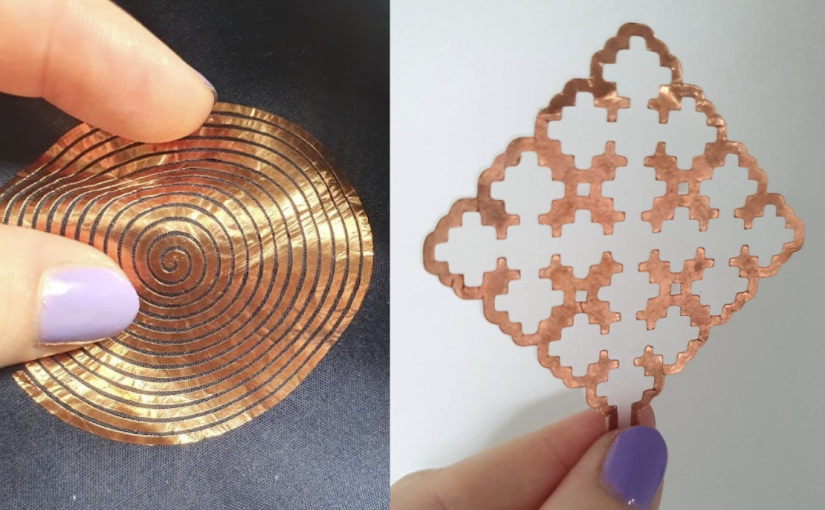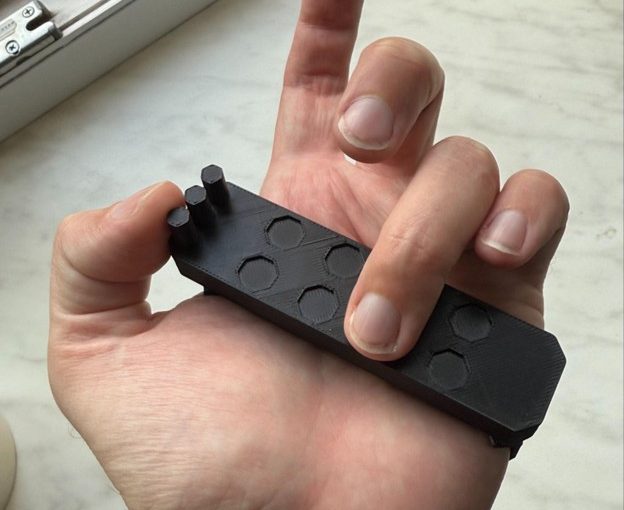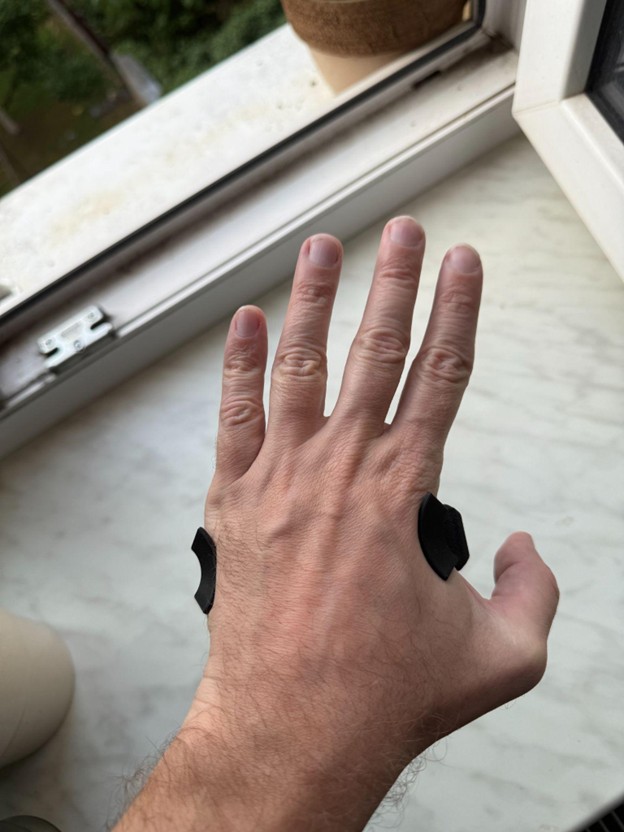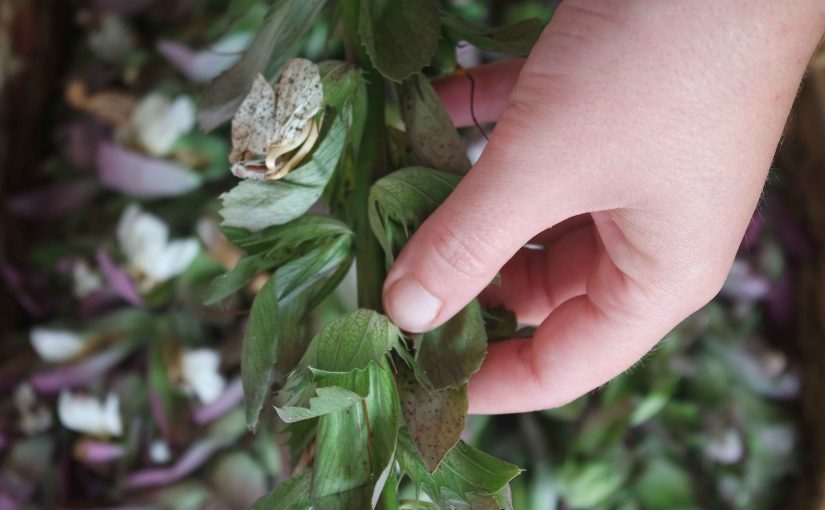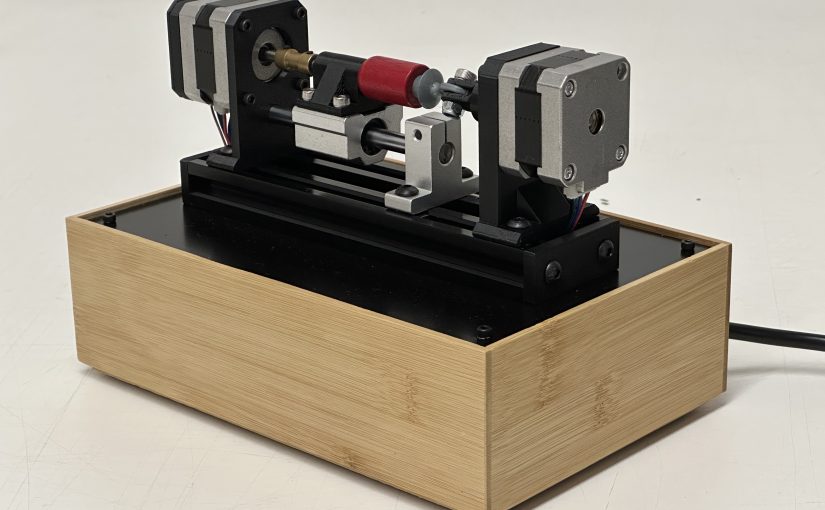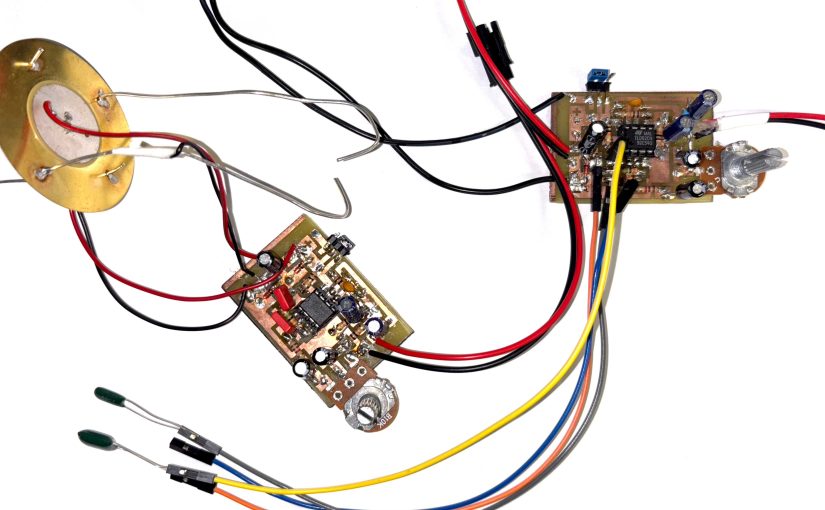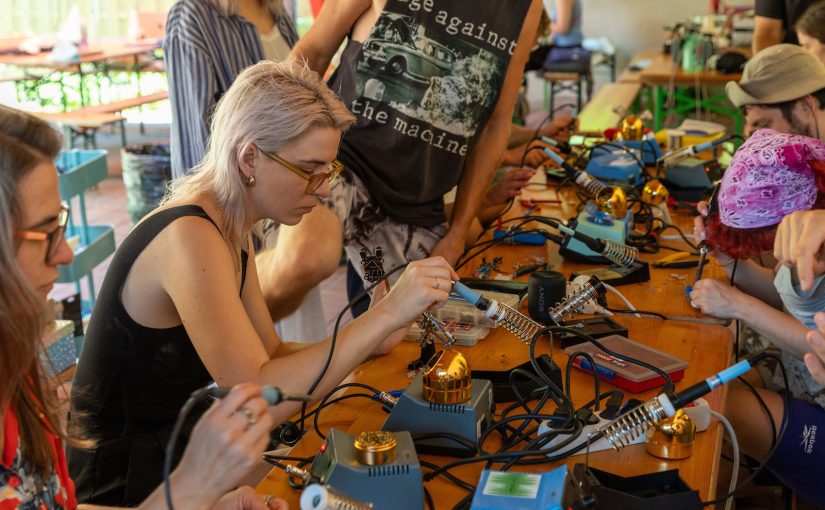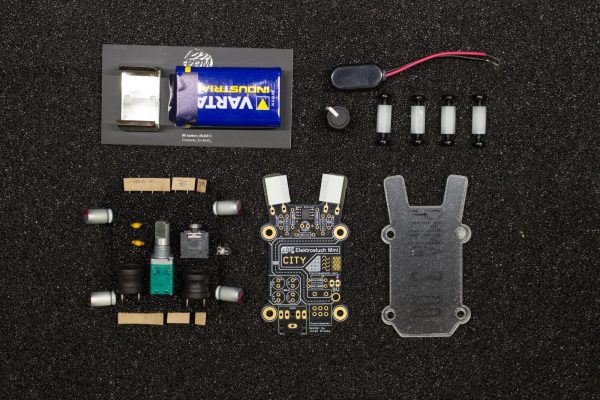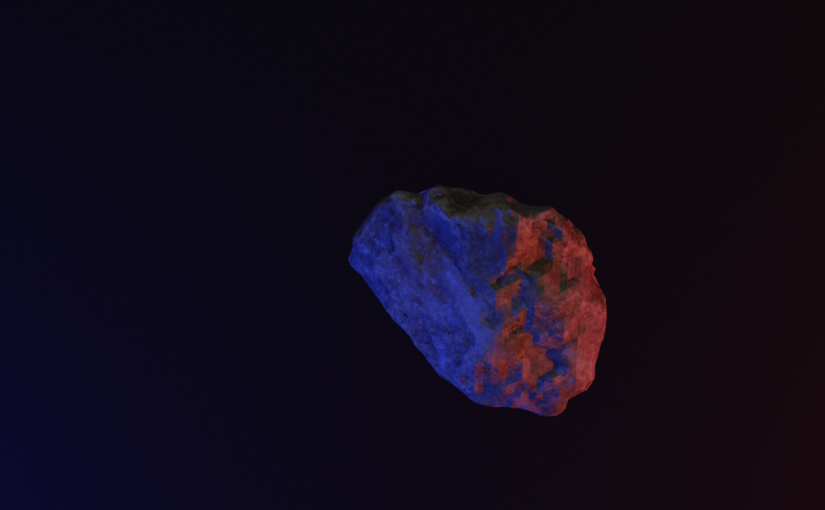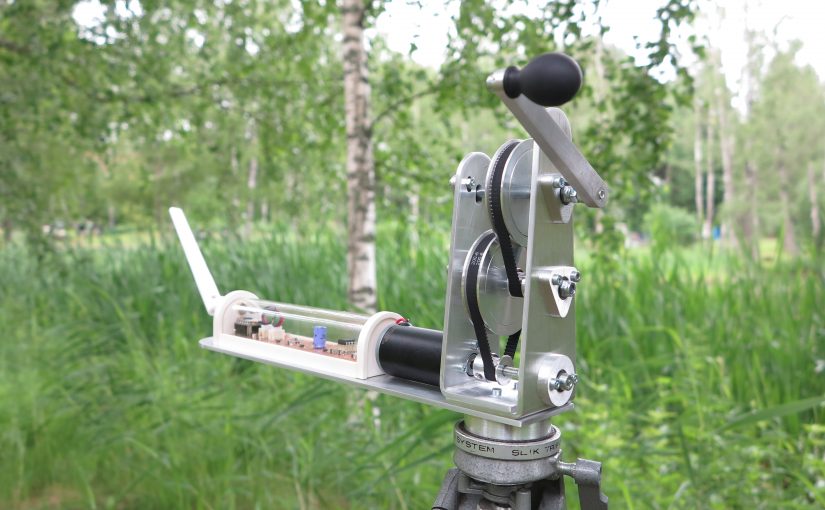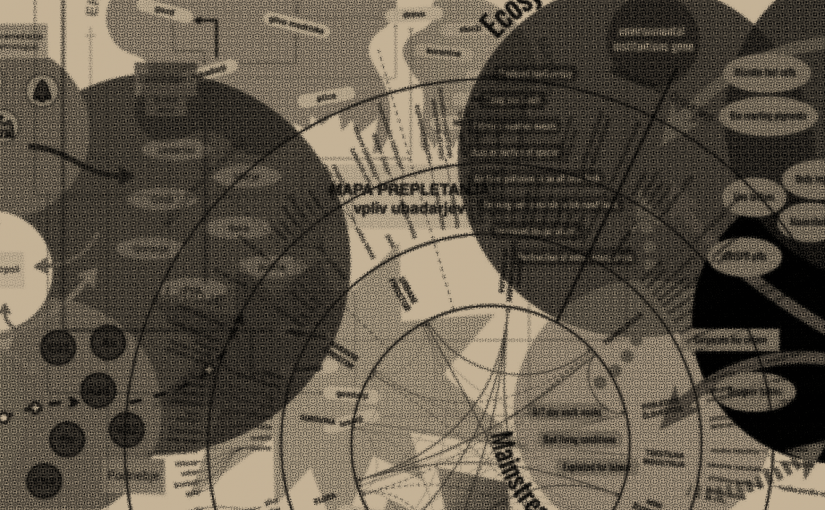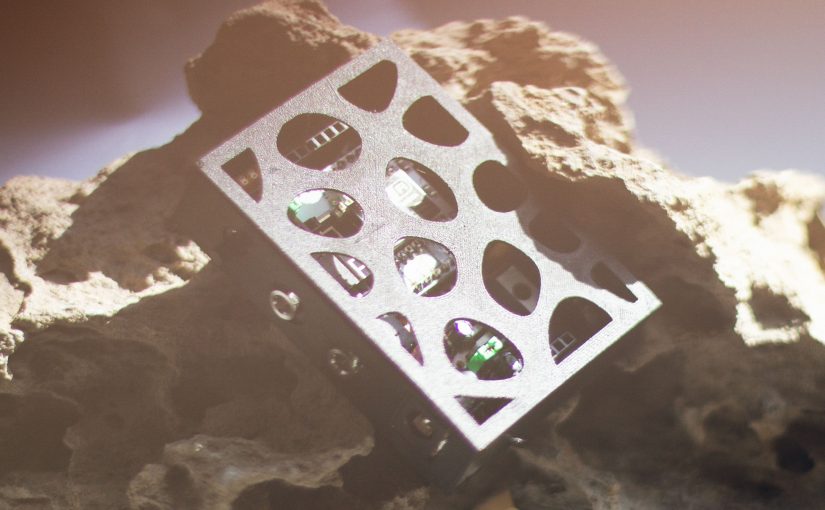Imagine you could use materials like bioplastics, fabric, or kitchen foil to create your own speakers. Imagine electronics that are no longer hard and rigid but soft, flexible, and able to move with the touch.
Marisa Satsia and Jessica Stanley will be working on a project exploring the combination of soft, biofabricated materials–such as bioplastics–with flexible electronics and e-textiles. The aim of the project is to develop a series of prototypes that investigate how the flexibility and vibrational properties of these materials can be used to create bio-speakers and other electronic membranes or surfaces with embedded circuitry.
As part of their experimentation, they will be making printed circuit boards (PCBs) using DIY etching techniques or a small, portable vinyl cutter to shape tin foil. These circuits will be used to build amplifiers that support the functioning of the bio-speaker prototypes.
Over the week, Marisa and Jessica will focus on hands-on prototyping, testing material combinations, and refining their fabrication methods. At the end of the week, they will host a workshop to share the techniques they used. The workshop will also include a collective brainstorming session to explore potential directions and applications for future developments in flexible bio-electronics.
